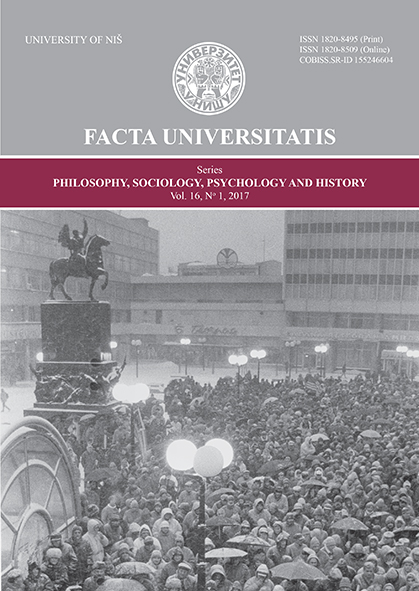Propaganda Rearticulation of a Crime Against Civilization: The Concept of Theresienstadt in the Series Holocaust
Propaganda Rearticulation of a Crime Against Civilization: The Concept of Theresienstadt in the Series Holocaust
Author(s): Ivana MilovanovićSubject(s): Media studies, History of the Holocaust
Published by: Универзитет у Нишу
Keywords: propaganda; Holocaust; Theresienstadt; media articles; culture of remembrance
Summary/Abstract: The most notorious Nazi extermination camps or death camps were Auschwitz, Belzec, Treblinka, etc. Apart from the death camps, the Nazis established concentration labor camps where they exploited the labor force. By its function, one of the unique concentration camps was Theresienstadt, which became a Nazi concentration camp for Jews in November 1941. In fact, Terezin was advertised as a spa center for wealthy senior citizens who were promised safety and luxury. Media articles on the topic of the Holocaust have become a significant part of the culture of remembrance. The American television mini-series Holocaust is one of the media narratives that deal with crimes against civilization and its premiere was in 1978. The concept of Theresienstadt in the series Holocaust corroborates the statement that this camp was used for the purpose of propaganda rearticulation of a crime against civilization and it reveals the hidden and repressed fear and horror underneath the smiling façade of Theresienstadt. The colorfulness of the exterior in the scenes which show Terezin, and on the other hand a horror interior, as well as everything that was happening behind the scenes expressed in the form of secret images of the artists, clearly emphasize the living conditions in Theresienstadt, as well as its role in Nazi propaganda.
Journal: FACTA UNIVERSITATIS - Philosophy, Sociology, Psychology and History
- Issue Year: 16/2017
- Issue No: 01
- Page Range: 63-72
- Page Count: 10
- Language: English

